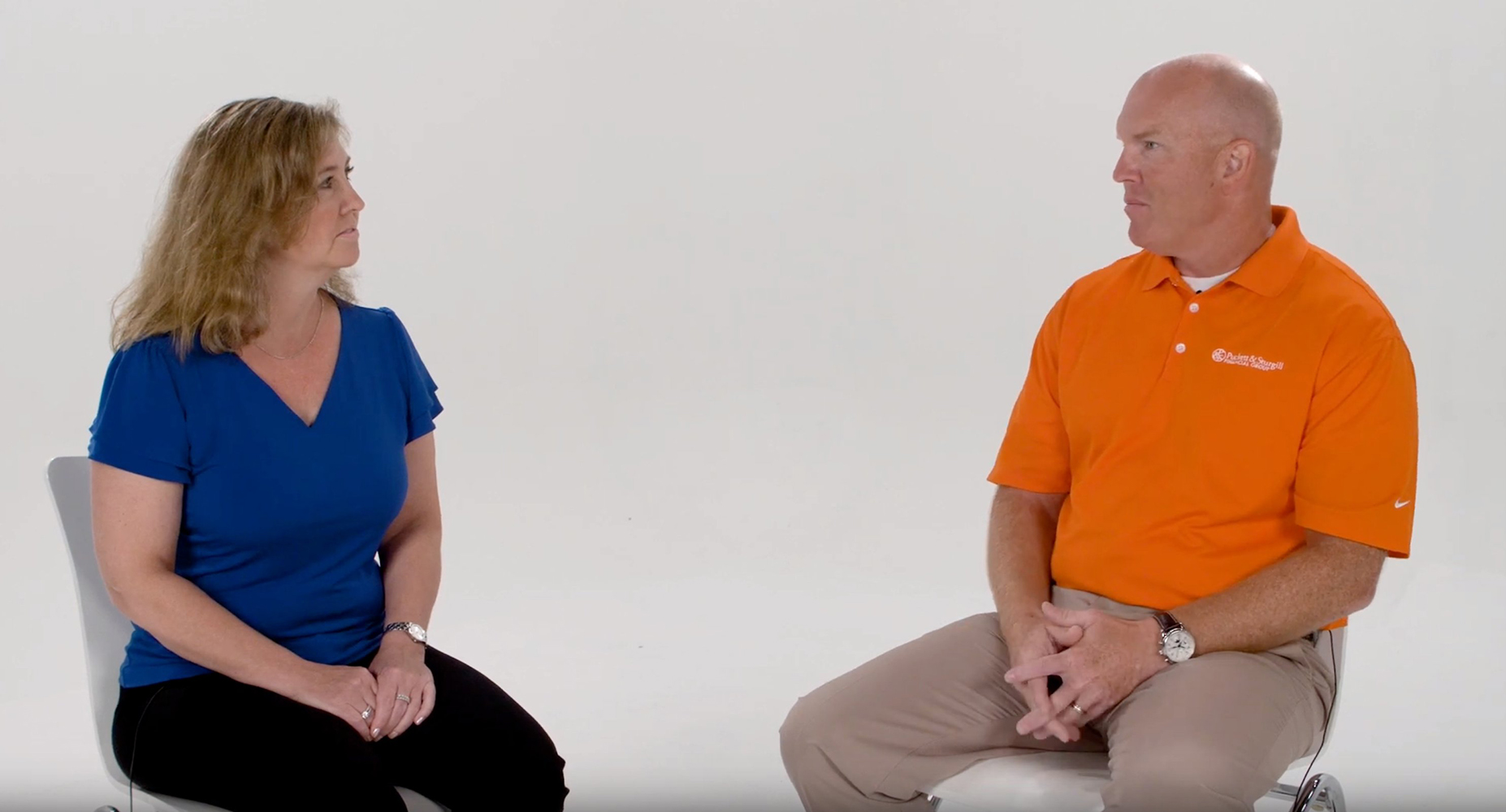Estate Planning 101

Estate planning is an important cornerstone of your financial plan. While it may not be the most pleasant topic to think about, at some point or another you need to consider what will happen to your assets after you’re gone.
For some, estate planning can seem like a mysterious part of the financial planning puzzle, but when you break estate planning into its individual parts, it’s not all that difficult to navigate. Read on to learn more about estate planning basics and how you can ensure that your legacy is carried out as you intend it.
Take Stock of Your Assets
Before you start planning where to allocate your assets, you need to know what you have. Gather information about your tangible assets — things like property and valuable — and intangible ones — such as bank accounts and investments — that will be passed down.
This may take some time and careful research to ensure that you account for each and every asset that your family will need to work through later on. However, your diligence in tracking down these details now will save your family members big headaches later on.
After you’ve gathered details regarding your inheritable assets, you need to value them. Some assets, like your home, can be professionally valued through an appraisal. Other assets may need to be valued in terms of how valuable they’ll be to those who inherit them. A financial advisor can help you to determine how to value your assets and give you some guidelines for making a realistic valuation of your assets.
Build Your Team
You probably don’t relish the idea of working through your estate plan alone. Even though it’s not the most complex task, there are plenty of places where you’ll have questions or want some guidance in choosing between alternatives.
For this reason, it’s important to build an estate planning team that can give you the professional guidance you need to create a workable estate plan. Ideally, you’ll want to work with a lawyer to handle legal documents, such as your will and trust paperwork.
You will also want to work closely with your financial advisor throughout the estate planning process. Your advisor can help you to determine your best course of action regarding asset allocation, valuation, and beneficiaries. They can also work with your family members to help them understand your plan and carry it out when the time comes.
While your financial advisor and lawyer may never actually meet in the same room, you’ll want to keep lines of communication open with both parties, in case there are questions or concerns about some matter of your estate plan.
You will also want to keep your family members looped into your estate planning activities. After all, they are the ones who will be responsible for enacting your plan later on. When your loved ones feel included in the estate planning process and know the key players in helping you to establish it, they will feel some level of peace when they work with your team in the future.
Get Your Documents in Order
There are a number of legal documents you need in place as you establish your estate plan. You may already have some of these, while others will need to be created during your estate planning process.
You will want to gather information about your assets — things like bank account numbers, titles and deeds, investment information, and so forth — as you work through the asset and valuation process. You will also need documents like your will, life insurance information, and guardianship papers for you children (if applicable).
Finally, you’ll work on items like trust paperwork, medical care directives, and financial power of attorney as you go through the financial planning process. You will want to carefully consider the individual(s) who you’ll use as your agent(s) in financial affairs, since they will have the authority to make important decisions, should you become medically unable to do so.
Keep Track of Beneficiaries
As you work through your estate planning, you will need to designate beneficiaries for all of your assets. Many items, like your life insurance and retirement accounts, will already have space for this information included in your paperwork when you create an account or make updates.
It’s important to carefully consider your beneficiaries and to review them from time to time. There could be family changes that require you to assign new beneficiaries to some or all of your assets and you need to keep this in mind if you go through a major family event, like a remarriage. If you fail to update your beneficiaries, your assets could end up never going to the person(s) you intend.
Additionally, it’s important to always provide beneficiary information for your accounts. You never want to leave this section of paperwork blank. In the event of your untimely passing, an account without a beneficiary is subject to state laws to determine its allocation. This may or may not work in favor of your loved ones’ best interests, so it’s best to make the designation yourself.
Prepare to Make Adjustments
Just as with your retirement planning, you need to go into estate planning with the understanding that your first plan will not be your only one. Times change. Family relationships go through ups and downs. Markets fluctuate. There’s simply no way to draw up a totally future-proofed estate plan.
Your financial advisor can give you the guidance you need to establish your estate plan today and the foresight you need to stay on track for the future. Perhaps you’ll forget about some details, like updating beneficiaries as your family grows and you gain new grandchildren, but your advisor can provide timely reminders.
Estate planning isn’t the most exciting activity, but it’s a necessary step for protecting your loved ones and your assets after you pass away. That’s why it’s a good idea to choose a trusted advisor who knows you personally and has your best interests at heart.












